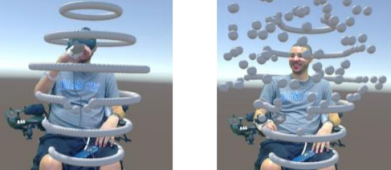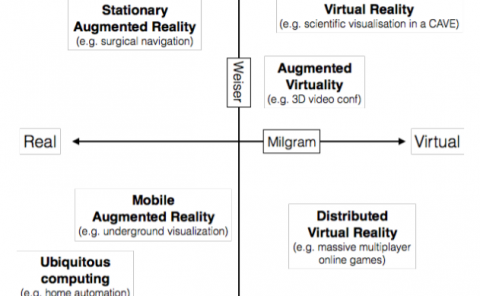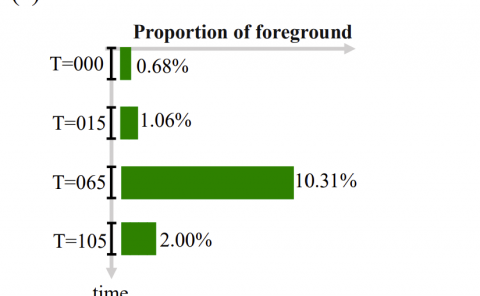Identifying Comfort Areas in 3D Space for Persons with Upper Extremity Mobility Impairments Using Virtual Reality
PubDate: October 2019
Teams: Purdue University
Writers: Shanmugam Muruga Palaniappan;Ting Zhang;Bradley S. Duerstock

Abstract
We present a method to extract workspace comfort areas for ergonomic placement of assistive technologies for persons with upper extremity mobility impairments Currently, areas of comfort are determined using multiple physical prototypes over several iterations which is expensive and time consuming. Our method utilizes a virtual reality exergame to obtain user-specific end effector motion data which is then combined with kernel density estimation to identify areas of frequent motion. Levels of comfort were confirmed by calculating shoulder joint forces necessary to reach these frequented areas and validated through a user study. Identifying areas of comfort in the workspace allows for optimal positioning and training of input devices for numerous applications.


